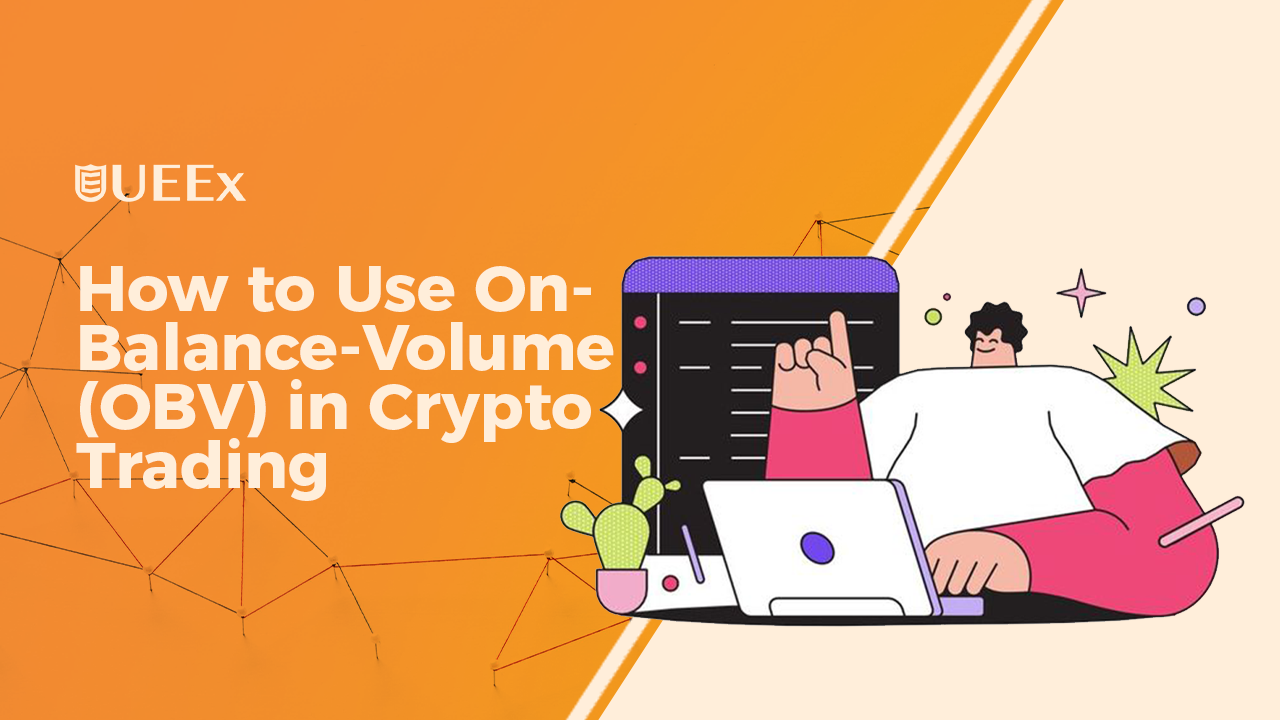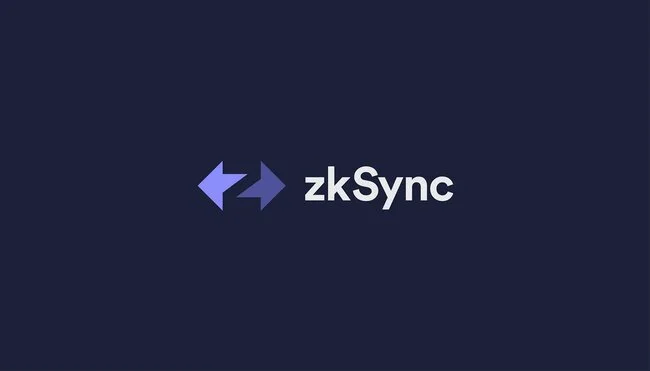Everyone loves a shortcut, especially when it comes to making money. However, for cryptocurrencies, known for their wild swings, sure bets are hard to come by.
Several studies suggest that 70% to 97% of traders lose money over time in crypto trading. Consequently, any advantage a trader can obtain will increase their chances of success. And that’s exactly what using the On-Balance-Volume (OBV) in crypto trading will do.
OBV is a volume-based indicator that helps traders gauge the strength of a trend, anticipate potential reversals, and make more informed trading decisions. It tracks the relationship between trading volume and price movements, revealing the subtle shifts in buying and selling pressure that often precede major price swings.
In this article, we’ll analyze the OBV as a technical indicator, and explore its calculation, interpretation, and practical applications in crypto trading.
Read Also: Crypto Volume Analysis: What Are They? How to Use Them?
Key Takeaways
- On-Balance-Volume (OBV) is a volume-based indicator that tracks the relationship between trading volume and price movements.
- OBV can be used to confirm trends, identify potential reversals, and validate breakouts.
- It’s important to interpret OBV signals in conjunction with other technical indicators and market context.
- OBV has limitations and can generate false signals, so it’s crucial to use it cautiously and with proper risk management.
What is the On-Balance-Volume (OBV) Indicator All About?
The On-Balance Volume (OBV) indicator in crypto trading gauges the buying and selling pressure of a cryptocurrency by assessing its trading volume relative to its price movements.
Developed by Joe Granville in 1963, OBV operates under the premise that volume precedes price, suggesting that changes in trading volume often foreshadow upcoming price trends.
What is OBV?
OBV is a cumulative indicator that keeps a running total of volume, adding it on up days (when the closing price is higher than the previous day’s close) and subtracting it on down days (when the closing price is lower).
If the closing price remains unchanged, the OBV also remains the same. This ongoing tally creates a line on a chart that traders can analyze with the price chart to understand market sentiment and potential price direction.
How OBV is Calculated
The calculation of OBV is relatively straightforward.
- On an Up Day (Close > Previous Close): Current OBV = Previous OBV + Current Volume
- On a Down Day (Close < Previous Close): Current OBV = Previous OBV – Current Volume
- On a Day with No Price Change (Close = Previous Close): Current OBV = Previous OBV (No change)
Key Assumptions Behind OBV
Image by pvproductions on Freepik
OBV operates on a few key assumptions.
1. Volume as a Leading Indicator
OBV assumes that changes in trading volume often precede price movements. A surge in volume during an uptrend suggests strong buying pressure and potential for further price increases.
Conversely, declining volume during a downtrend could indicate weakening selling pressure and a possible reversal.
2. Buying and Selling Pressure
The core principle of OBV is that volume reflects the balance between buying and selling pressure in the market.
Increasing volume on up days signifies strong buying pressure. Contrarily, decreasing volume on down days suggests weak selling pressure.
3. Trend Confirmation and Divergence
OBV can help confirm the strength of an existing trend or identify potential divergences that may signal a trend reversal.
How to Interpret the OBV Indicator
Image by Freepik
While the calculation of OBV might seem straightforward, the true power of this indicator lies in its interpretation.
Knowing how to read the OBV line relative to price action can help ascertain market sentiment and potential trend directions. Here is how;
1. Uptrends and Downtrends
One of the primary uses of OBV is to confirm the strength of an existing trend. In an uptrend, where the price is making higher highs and higher lows, a rising OBV line acts as a confirmation signal.
This suggests strong buying pressure is propelling the price upward, and the trend is likely to continue.
Conversely, in a downtrend, where the price is making lower lows and lower highs, a falling OBV line reinforces the bearish sentiment.
This indicates either persistent selling pressure or a lack of substantial buying interest, suggesting the downward trajectory might persist.
For example, imagine the price of Bitcoin is steadily increasing, creating a series of higher highs and higher lows on the chart. If the OBV line is also climbing alongside the price, it validates the strength of the uptrend and signals that buyers are firmly in control.
However, if the price is rising but the OBV line is flat or declining, it could indicate a potential weakness in the trend. This divergence might suggest that the upward momentum is waning, and a reversal could be on the horizon.
2. Spotting Potential Reversals through Divergence
Divergences between price and OBV can be powerful signals of potential trend reversals or weakening momentum.
They highlight discrepancies between price action and underlying volume. Consequently, they offer clues about shifts in market sentiment that might not be immediately apparent on the price chart alone.
However, it’s important to exercise caution and confirm these signals with other indicators or chart patterns before making any trading decisions. Typically, two kinds of divergence can be observed using the OBV.
Bullish Divergence
This occurs when the price makes lower lows, but the OBV makes higher lows. This divergence suggests that while the price declines, buying pressure is actually increasing.
The bullish divergence could indicate that the downtrend is losing steam and a reversal to the upside might be imminent.
Bearish Divergence
Conversely, a bearish divergence happens when the price makes higher highs, but the OBV makes lower highs. This pattern suggests that although the price is rising, the buying pressure is weakening or the selling pressure is building.
The bearish divergence serves as a warning sign that the uptrend might be losing momentum and a potential reversal to the downside could be in the cards.
3. Breakouts and Confirmations
OBV is useful in confirming or invalidating price breakouts from key levels or chart patterns.
When the price breaks out of a resistance level or a consolidation pattern, a corresponding increase in OBV adds credence to the breakout.
This surge in volume suggests strong conviction among buyers or sellers. It increases the likelihood of the breakout being genuine and the trend continuing in the breakout direction.
On the other hand, if the price breaks out but the OBV remains flat or declines, it could indicate a lack of genuine buying or selling pressure. This might signal a false breakout, where the price is likely to retrace back to its previous range.
For example, imagine Bitcoin has been trading within a defined range for an extended period. If the price suddenly breaks above the resistance level with a corresponding surge in OBV, it strengthens the bullish signal. This might suggest a favorable opportunity to enter a long position.
Using OBV in Crypto Trading Strategies
Image by Changelly
While OBV provides valuable insights into market sentiment and potential price movements, it’s necessary to interpret its signals within the broader context of the market.
No single indicator is foolproof, and OBV is no exception. However, by combining OBV with other tools and conducting thorough research, you can enhance your understanding of the crypto market and increase the probability of successful trades.
Let’s look at some effective strategies that effectively incorporates OBV into your crypto trading toolkit.
1. Combining OBV with Other Indicators
OBV, while powerful on its own, can be even more effective when combined with other technical indicators. This multi-faceted approach helps filter out false signals, confirm trends, and identify potential entry and exit points with greater accuracy.
Some popular indicators to pair with OBV include;
Moving Averages
Moving averages smooth out price data, making it easier to identify trends. When the OBV line crosses above a moving average, it can signal a potential bullish trend, while a cross below could suggest a bearish trend.
Relative Strength Index (RSI)
RSI measures the magnitude of recent price changes to evaluate overbought or oversold conditions. When OBV confirms RSI signals, it strengthens the indication of potential trend reversals.
MACD (Moving Average Convergence Divergence)
MACD is a trend-following momentum indicator that shows the relationship between two moving averages of prices. Combining OBV with MACD can help identify potential buy or sell signals, especially when divergences occur.
Combining OBV with other indicators creates a more robust trading system that leverages multiple perspectives to validate signals and reduce the risk of false positives.
2. Identifying Accumulation and Distribution Phases
OBV can also be a valuable tool for identifying accumulation and distribution phases in the market.
Accumulation refers to a period where large investors, often referred to as “smart money,” are gradually buying an asset at lower prices. On the other hand, Distribution occurs when the investors start selling their holdings, usually at higher prices.
By observing the OBV line in relation to price action, you can quickly figure out these phases.
A rising OBV during a period of price consolidation or slight decline could indicate accumulation, suggesting that smart money is buying and a potential uptrend is brewing.
Conversely, a falling OBV during a period of price consolidation or slight increase could signal distribution, suggesting that smart money is selling and a potential downtrend is looming.
Identifying these phases can help you anticipate major market moves and position yourself accordingly. When you align your trades with the actions of smart money, you can increase your chances of success in the crypto market.
3. Spotting Potential Trend Reversals
As discussed earlier, divergences between price and OBV can be strong indicators of potential trend reversals.
A bullish divergence, where the price makes lower lows but the OBV makes higher lows, suggests that buying pressure is increasing despite the declining price, potentially signaling an upcoming reversal to the upside.
Conversely, a bearish divergence, where the price makes higher highs but the OBV makes lower highs, indicates that buying pressure is waning or selling pressure is building, suggesting a potential trend reversal to the downside.
Observing these divergences and confirming them with other technical indicators can help you anticipate potential trend changes and adjust your trading positions accordingly. This allows you to capitalize on emerging opportunities and protect your capital from potential losses.
A Step-by-Step Guide on Putting OBV into Action
Image by rawpixel.com on Freepik
Now that you have a solid understanding of OBV and its potential signals, let’s see how you can put this knowledge into practice and incorporate OBV into your crypto trading strategies.
1. Define the Trend for OBV
The first step is to identify the overall trend of the OBV line. Is it trending upwards, downwards, or moving sideways?
A rising OBV line generally suggests increasing buying pressure and a potential uptrend, while a falling OBV line indicates potential selling pressure and a possible downtrend.
2. Check for Alignment with the Underlying Asset’s Trend
Compare the OBV trend to the price trend of the cryptocurrency you’re analyzing. Ideally, the OBV line should move in the same direction as the price. This alignment confirms the strength of the trend and increases the likelihood of its continuation.
3. Identify Support and Resistance Levels
Just like with price charts, you can draw support and resistance levels on the OBV chart. These levels represent areas where the OBV line has historically reversed or stalled.
4. Look for Breakouts and Confirmations
When the OBV line breaks through a resistance level, it can signal a potential upward price movement. Conversely, a break below a support level could indicate a potential downward price movement.
These breakouts, especially when accompanied by increasing volume, can provide valuable trading signals.
It’s important to note that closing prices are crucial when searching for resistance breaks. A strong close above or below a key level, coupled with a corresponding OBV breakout, strengthens the signal.
5. Be Mindful of Volume Spikes
Large volume spikes can sometimes distort the OBV indicator, making it temporarily less reliable.
If you observe a significant spike in volume that doesn’t align with the price action, it’s advisable to wait for the settling period before making any trading decisions based solely on OBV.
During this settling period, the market absorbs the impact of the large volume, and the OBV line may adjust to provide a more accurate reflection of the underlying sentiment.
Limitations of OBV and Risk Management
Image by wayhomestudio on Freepik
While using On-Balance-Volume (OBV) in crypto trading can significantly improve the crypto trader’s odds, a realistic understanding of its limitations is equally important.
Relying solely on the indicator without considering other factors can lead to misinterpretations and costly trading errors.
Let’s look at some potential pitfalls and the importance of robust risk management when utilizing OBV in your crypto trading strategies.
The Risk of False Signals
OBV, like any technical indicator, can generate false signals. For example, while a divergence between price and OBV can signal a potential trend reversal, it isn’t guaranteed.
Market dynamics are complex and influenced by numerous factors beyond volume alone. Thus, OBV signals should be corroborated with other technical indicators or chart patterns before making any trading decisions.
For instance, if you spot a bullish divergence, seek additional confirmation from indicators like the Relative Strength Index (RSI) or candlestick patterns before entering a long position.
This multi-directional approach helps filter out false signals and enhances the accuracy of your analysis.
Gaps in the Data
OBV calculations rely on continuous price and volume data. However, gaps in this data, often caused by exchange outages or periods of illiquidity, can impact the accuracy of OBV readings.
These gaps can create artificial spikes or dips in the OBV line, potentially leading to misleading interpretations. To limit the impact of data inconsistencies, you can cross-reference your analysis with data from multiple exchanges or sources.
OBV’s Lagging Nature
OBV is a lagging indicator, meaning it reacts to past price and volume data. While it can provide insights into historical trends and current market sentiment, it may not be as effective in predicting sudden or sharp market movements driven by news or unforeseen events.
Consequently, it’s necessary to supplement your OBV analysis with real-time market news and other indicators that are more responsive to short-term price fluctuations. This will help you stay ahead of the curve and adapt your trading strategies accordingly.
Read Also: How to Use Cryptocurrency Accumulation and Distribution Indicators in Crypto Trading
The Importance of Risk Management
Regardless of the indicators you use or the strategies you employ, risk management is important in crypto trading. The volatile nature of the market requires a disciplined approach to protect your capital and minimize potential losses.
So what do you do?
- Position Sizing: Carefully consider the size of your positions relative to your overall portfolio and risk tolerance. Avoid overexposing yourself to any single trade or asset.
- Stop-Loss Orders: Implement stop-loss orders to automatically exit a trade if the price moves against you beyond a predetermined level. This helps limit potential losses and protect your capital.
- Diversification: Diversify your crypto holdings across different assets to reduce risk and avoid being overly reliant on the performance of any single cryptocurrency.
By adopting a sound risk management approach and combining OBV with other technical indicators and fundamental analysis, you will increase your chances of success.
FAQs
OBV can be a valuable tool for assessing market sentiment and potential price trends, but it’s not infallible. It’s best used with other technical indicators and fundamental analysis for a more comprehensive view of the market.
OBV is a lagging indicator, so it reacts to past price and volume data. While it can help identify potential trend reversals or confirm breakouts, it may not be as effective in predicting sudden or short-term price fluctuations.
Yes, OBV can be applied to any cryptocurrency with sufficient trading volume and price history. However, its effectiveness may vary depending on the specific market characteristics and the asset.
Most popular charting platforms and crypto exchanges offer OBV as a built-in indicator. You can also find OBV data and analysis on various financial websites and platforms that specialize in crypto trading.






